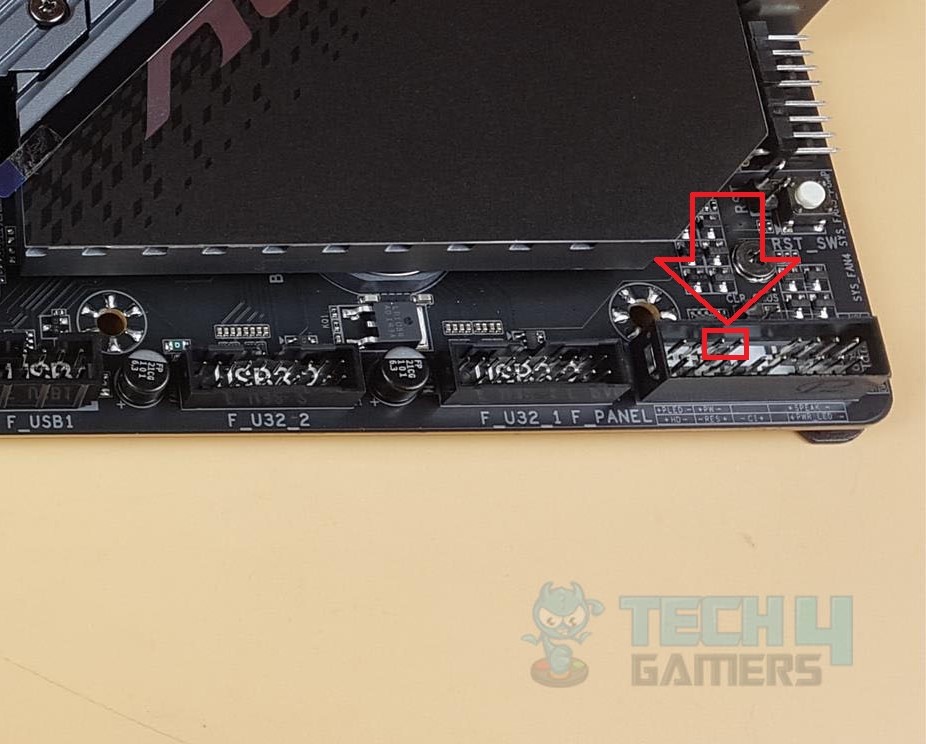
See discussion and references at the end of this answer above speculated that the equivalent power switch on a PSU may be current-limited to <10mA. Mechanism may be ventricular fibrillation BUT paralysis of the respiratory muscles occurs at about 20% of the current needed to introduce fibrillation. While 12V is almost always safe, worst case situations can and have lead to death. To provide an arguably alarmist warning from answer (currently at +24 votes), while noting that this observation is extremely unlikely to apply to the current scenario: "Safe current limit for human contact?", SE.EletricalEngineering "How much voltage is “dangerous”?", SE.ElectricalEngineering So, how much voltage/current is dangerous? Most power sources are limited in how much current they deliver. The lower the resistance, the more current will flow due to the same voltage differential. How much electricity comes from that voltage differential depends on the effective resistance between the terminals. It'd seem safer to actually check the voltage than just assume.Īs for the danger of electricity, in general:Ī power source can assert a voltage differential (e.g., 5V). If you're going to be messing with electronics, seems like you should have a multimeter that could directly test it. The logic voltage on your motherboard is probably ~12V or less, as said in answer I'd guess ~5V in most cases. Just in case of one of these, it's safer not to touch the wires.
#Motherboard power button pins Pc#
Then the result could be a dangerous voltage, relative to ground, on the low-voltage side of the PC power supply. there is a fault with your outlet or your house wiring.if it needs to be grounded but is connected via a 2-core cable or 2-pin plug with no ground) the power supply is not correctly connected to mains (e.g.the power supply is cheaply made and substandard.However if there's anything wrong, for example: Your PC's power supply should either have its ground (0V) rail connected to mains ground (earth), or it should have adequate isolation between the mains side and the low voltage side making it a Class II device, and in either case it should be safe to touch the low voltage side even if your body is also touching something grounded. There is another consideration for the electrical safety of low-voltage circuits though, and that is the voltage difference between these wires and ground (earth).

Other answers have explained that the voltage difference between these two wires is almost certainly very low, and has next to no chance of harming you when you touch both of them - the more likely consequence is that you might harm your computer through static discharge. However, if the floor is insulating, and you're wearing wool and sneakers, and the weather is dry, when touching metallic objects your fingertip can turn into a pretty impressive lightning gun! It will probbaly be safe if the floor is tile and you are wearing cotton. Therefore, your arrangement carries a risk of zapping the motherboard. More robust protection diodes on every pin would use more silicon area and make the ICs more expensive, while providing no benefit unless the pin is actually accessible on the finished product and can be zapped by the user.

While these chips include ESD protection diodes, such diodes are sized to protect against ESD events during fabrication, which are quite limited in charge as people manipulating chips are expected to take proper precautions. Normally, the manufacturer would have taken appropriate measures to ensure all input/outputs are protected against ESD, which begs the question: did they consider it worthy to protect this particular IO since it is normally not an externally accessible IO, but rather an internal wiring?įor example, looking at this motherboard schematic (pages 23-24), the power button signal is filtered by a 100nF cap which should be fine, however the RESET button signal goes straight to a IC pin without any protection. This is harmless for you, but it can zap the integrated circuits at the other end of the wire if they are not protected. However, if you carry an electrostatic charge, and you touch the wire, you will cause an electrostatic discharge (ESD). The wires are safe to touch as they are powered from a 3.3V chip on the motherboard, and current is limited by a resistor.


 0 kommentar(er)
0 kommentar(er)
